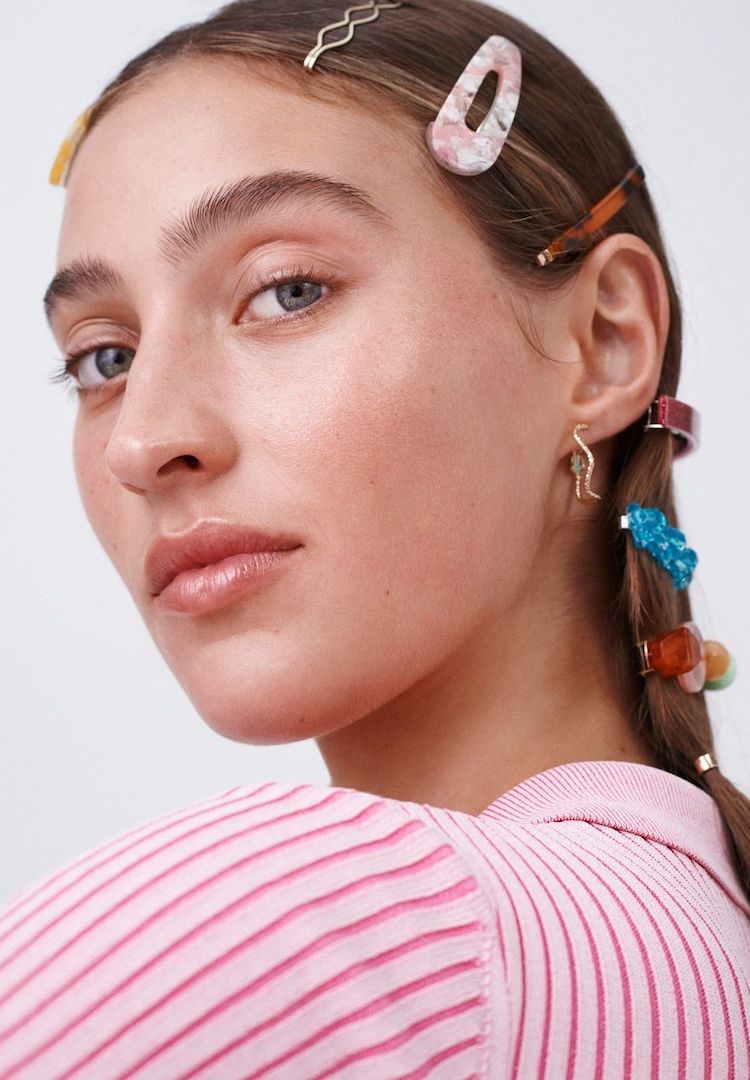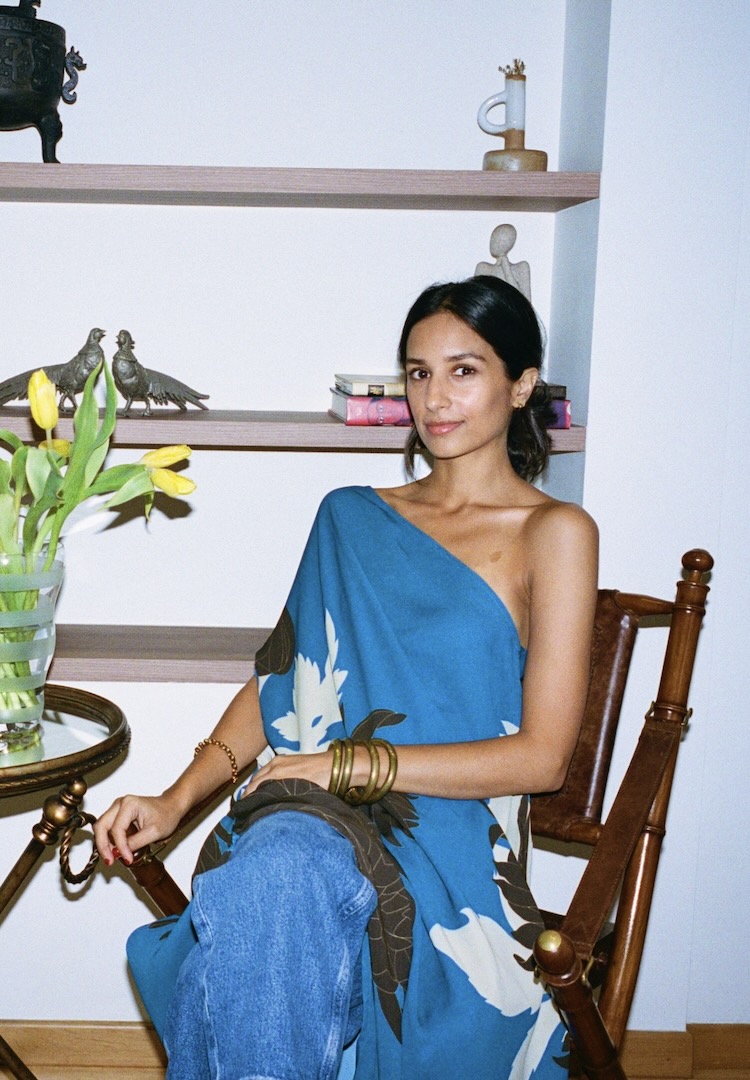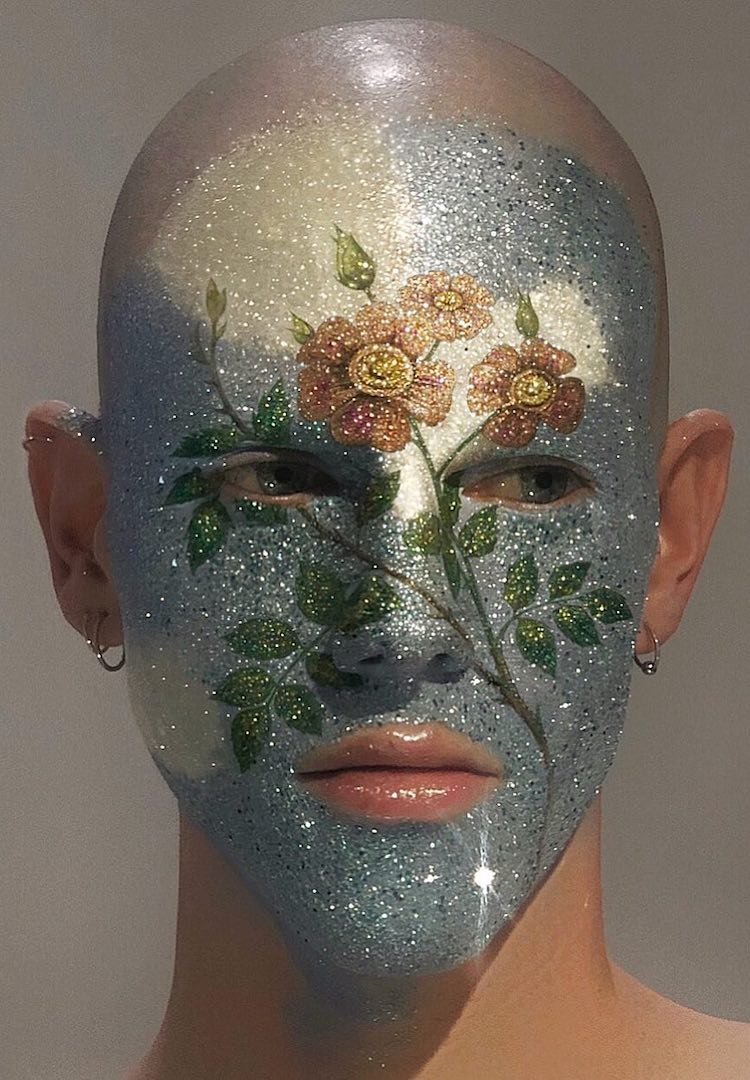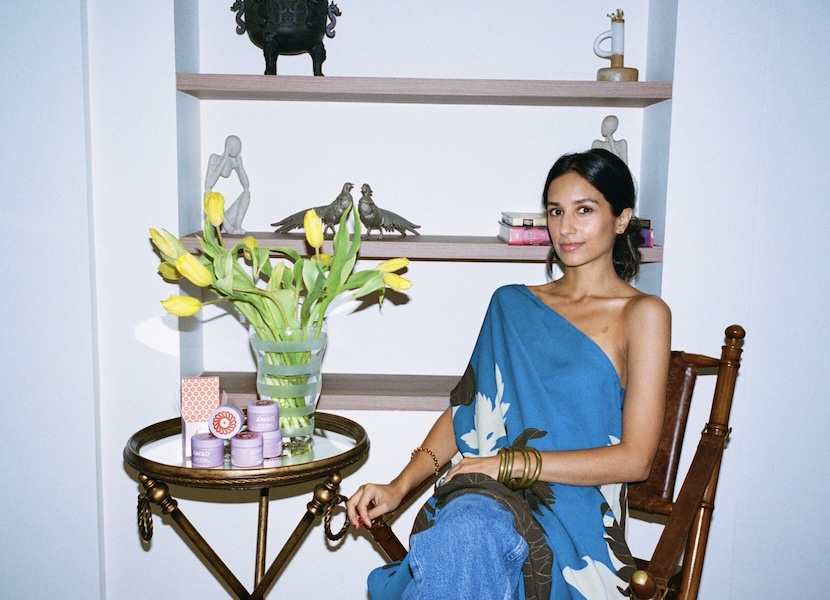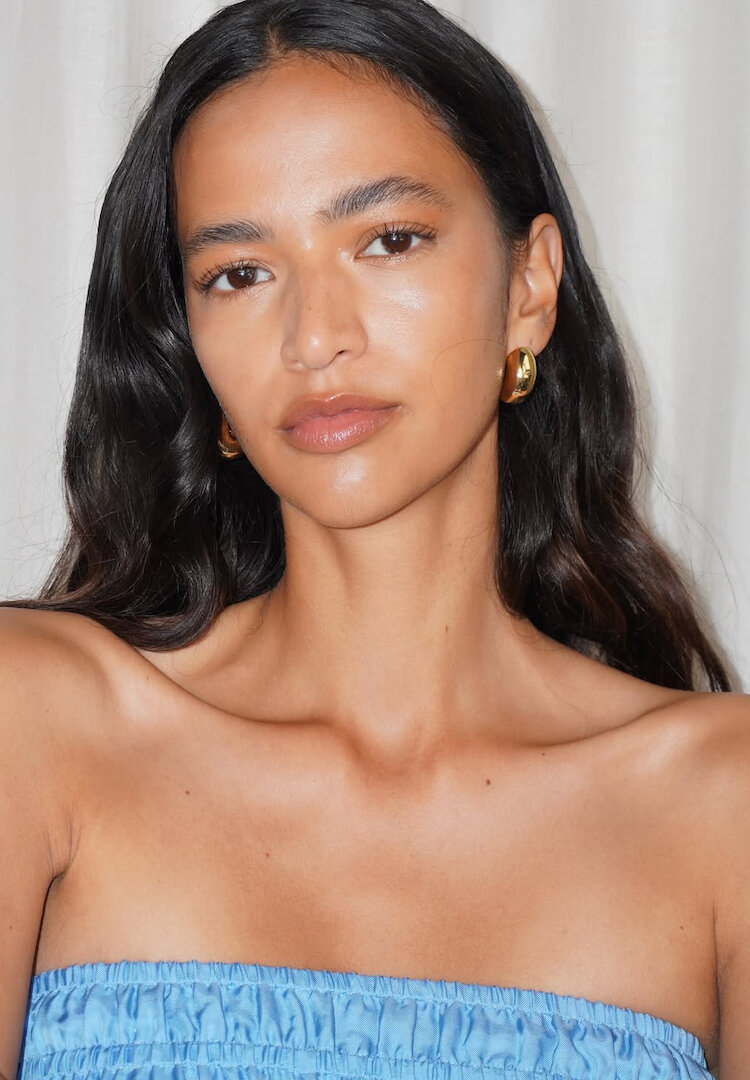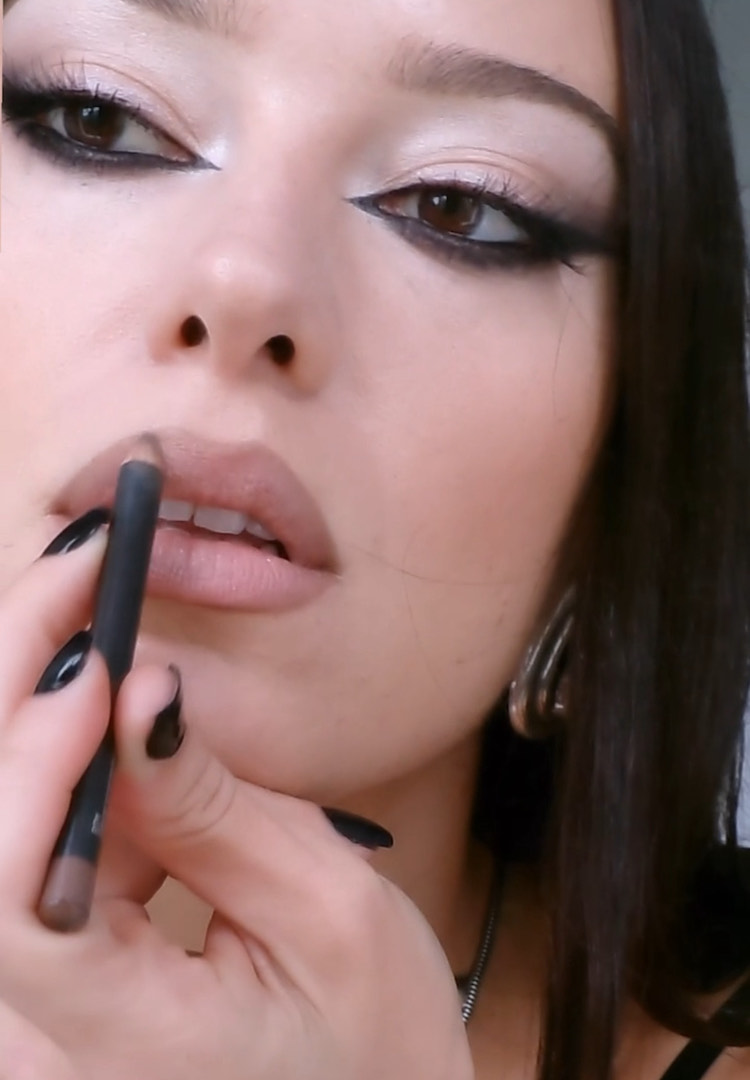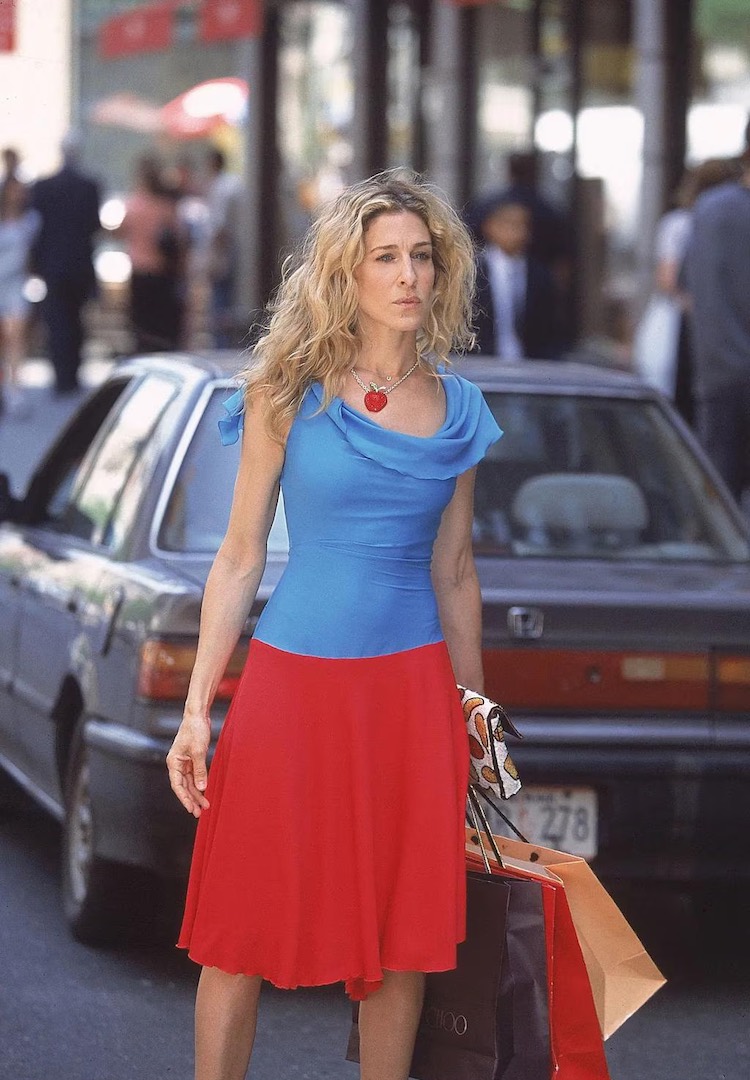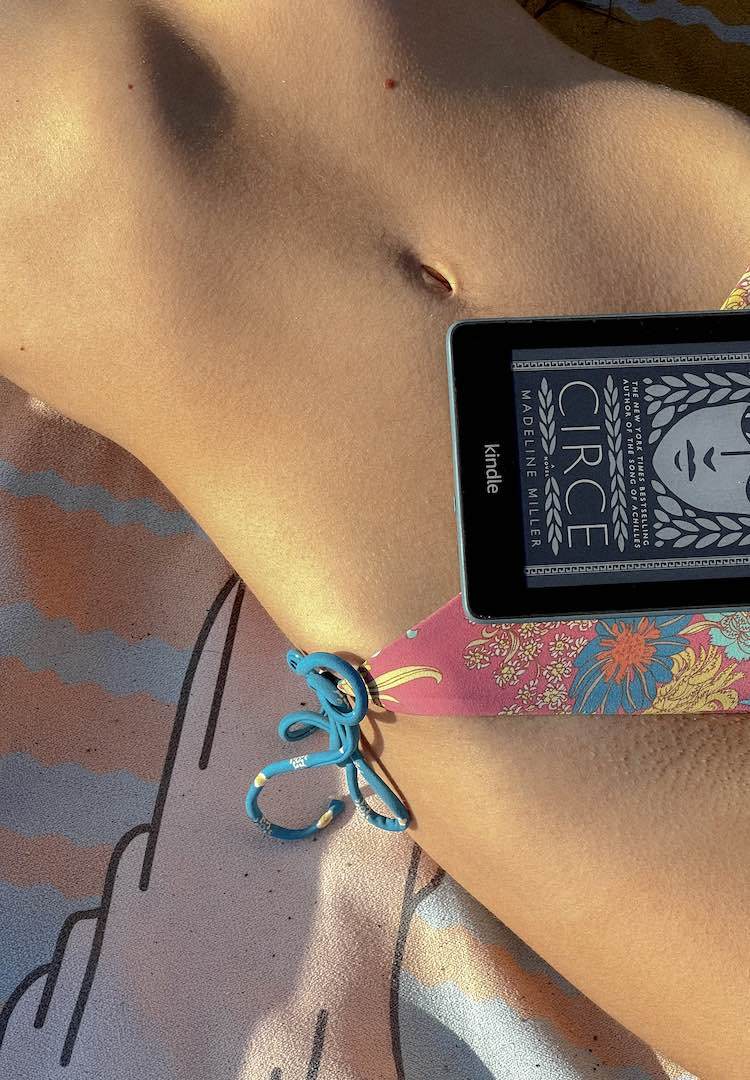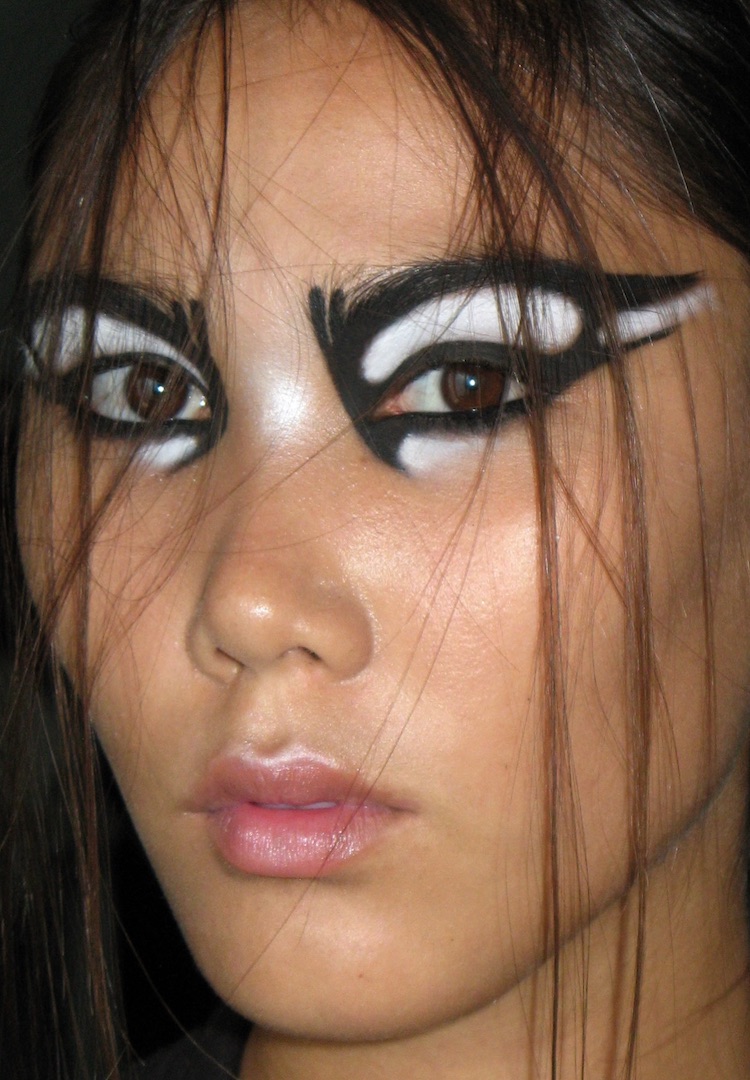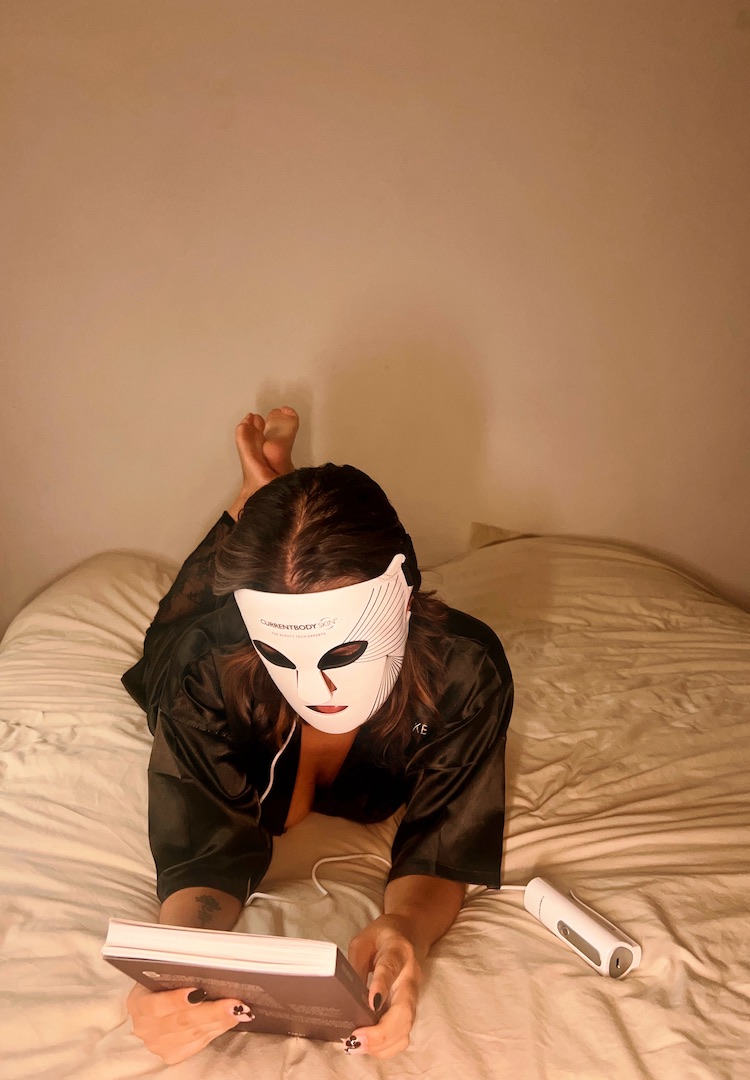What modern Ayurveda looks like to a new generation of South Asians
Words by Dinushka Gunasekara
“Patience is the best beauty lesson I got from my mum and my grandma.”
My grandma’s garden has always been a blooming inventory of beauty secrets. Beginning with a consultation – Dilmah tea in hand – on her couch, every ailment from dark spots to dull skin is met with pruning shears and a step outside to gather gotu kola or aloe vera.
To the untrained eye (aka mine), these plants simply look like weeds free to roam the garden beds, but Achchi (grandma) saw them for what they were: remedies used for over 5,000 years in the holistic approach known as Ayurveda.
We like nosy people. Don’t be shy, head to our Beauty section for more.
While I was guided to the garden, for Melbourne-based Diya Shahaney, the cures to her beauty concerns were first found in the kitchen. “Growing up, instead of going to a pharmacy or a dermatologist, the first step my mum or grandma would take is going into the kitchen,” she tells me. “If you have dry skin you use egg yolk; if you have oily skin you use egg white. We’d exfoliate using chickpea flour and my nani would use onion juice in her hair.”
Having Mother Nature on speed dial is a common experience for many South Asians and the foundation of the Ayurvedic principles growing in popularity in the Western beauty and wellness space. It may be trending on TikTok now, but this ancient practice originated in India and is one of the world’s oldest holistic health systems. What is new, however, is the Western world’s fascination with it, revealing a gap in the market for rituals designed to balance the mind, body and spirit in our modern lives.
“When looking at the wellness world, I felt like there were two sides,” says Diya. “One was this very traditional approach to Ayurveda with incense, sandalwood, brass and Sanskrit fonts that’s very old school, and didn’t represent the experience of our generation. The other side was this Western interpretation of what Ayurveda principles or practices look like, and often that was divorced from the roots. It doesn’t include the stories behind the ingredients, which carry so much weight.”
From turmeric to ashwagandha and tulsi, the herbs and plants that form the thriving core of Ayurveda are now the hero ingredients for an array of natural beauty offerings. But Ayurveda represents much more than aesthetic appeal – it’s also a winning Bingo card of buzzwords dominating the beauty space.
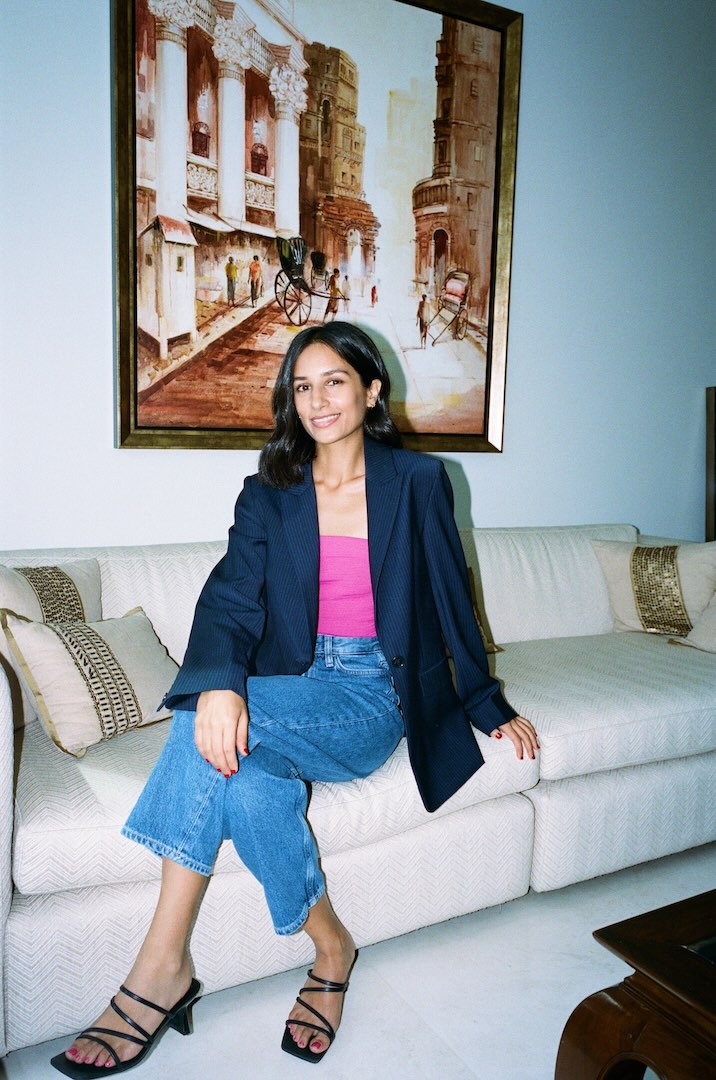
“The act of ritual itself is a very strong concept in Ayurveda and having these small actions that help you take care of yourself is a really soothing process for people,” says Diya. “It’s also really empowering because it allows you to set an intention to look after yourself every day, in a form of resilience against the pressures of work or everything going on in the news. When we talk about trying to convey Ayurveda – this complex system – to the West, I think it’s really appealing because it’s touching on all those things people are looking to skincare for.”
After suffering from hair loss and shingles due to the stress of working in the corporate world, Diya experimented with ‘active’ ingredients only to discover they made everything worse. So, she began returning to natural ingredients to heal her skin. Unlike the quick fixes promised by the glowing influencers on your For You Page, Ayurveda focuses on long-term skin health through consistent practice with nutrient-rich ingredients.
“Patience is the best beauty lesson I got from my mum and my grandma,” says Diya. “The more you stress about something, the worse the problem is going to get. You need to stay calm and have faith and trust in natural ingredients to do their thing.”
Combined with a desire to reclaim the culture and share the story behind the ingredients reshaping the beauty industry, Diya created her own brand, Junglo. “Junglo bridges my experiences of using ingredients that are more popular in the West but didn’t work for me, while showcasing our culture in a way that feels more authentic for this generation – allowing a space for those heritage ingredients to find their way into more modern usage.”

Diya began with an ingredient found in almost every Indian household: multani mitti aka Indian clay. It became the blueprint for her first product, Earth Magic, which became a clear case study for gentle yet effective skincare. “Ayurveda has great [organic] branding because TikTok is showing proof that the practices and heritage ingredients work,” Diya says. “Rosemary oil, turmeric soaps and ashwagandha are all trending ingredients being hailed for their benefits.”
“But what I felt was missing was what Ayurveda looks like to the new generation of South Asians. We have a culture that’s so rich in art and storytelling and music, so I wanted to create a brand that communicated our culture in our own voice. I actually say it’s skincare grounded in culture because it represents this bigger mission that I have to reclaim South Asian wellness practices.”
If there ever was a time to share the culture, it’s now. In the same way Junglo is being welcomed into the market, South Asian cultural appreciation is popping up all over town. The first Diwali Barbie wears an Anita Dongre choli and lehenga. Dior named Sonam Kapoor as their first global ambassador of South Asian descent. Closer to home, Kudrat Makkar became the first Indian Australian to showcase at Australian Fashion Week with her Melbourne-based label, Mastani. I can happily waste a day on TikTok watching video after video of women drawing their bindi. What a time to be alive!
It’s something I wish I could share with my younger self growing up, who hated her thick eyebrows, unruly hair and skin that became two foundation shades darker after 15 minutes in the sun. Likewise, Diya – who named Junglo after her wild and ‘jungly’ natural hair – hopes to be a voice for the culture she’s so proud of.
“Growing up, I always felt like our culture was too much; there’s so much colour and theatrics, and I always tried to keep it contained. But now I don’t think it’s about putting it in anyone’s face. It’s just about owning it – this quiet confidence. I think people are less afraid to step into their brownness and tell our story for ourselves.”
For more on Ayurvedic skincare, head here.

